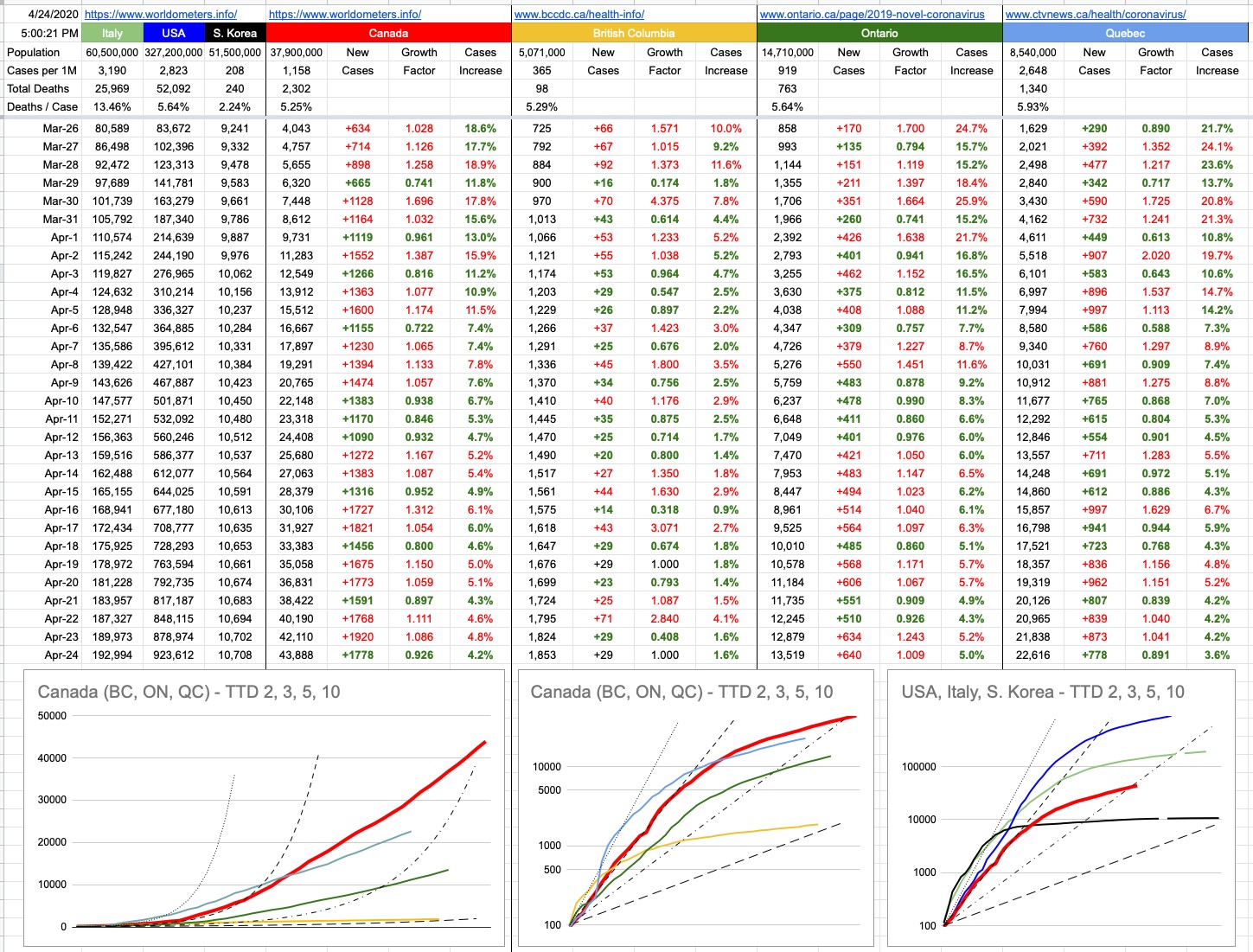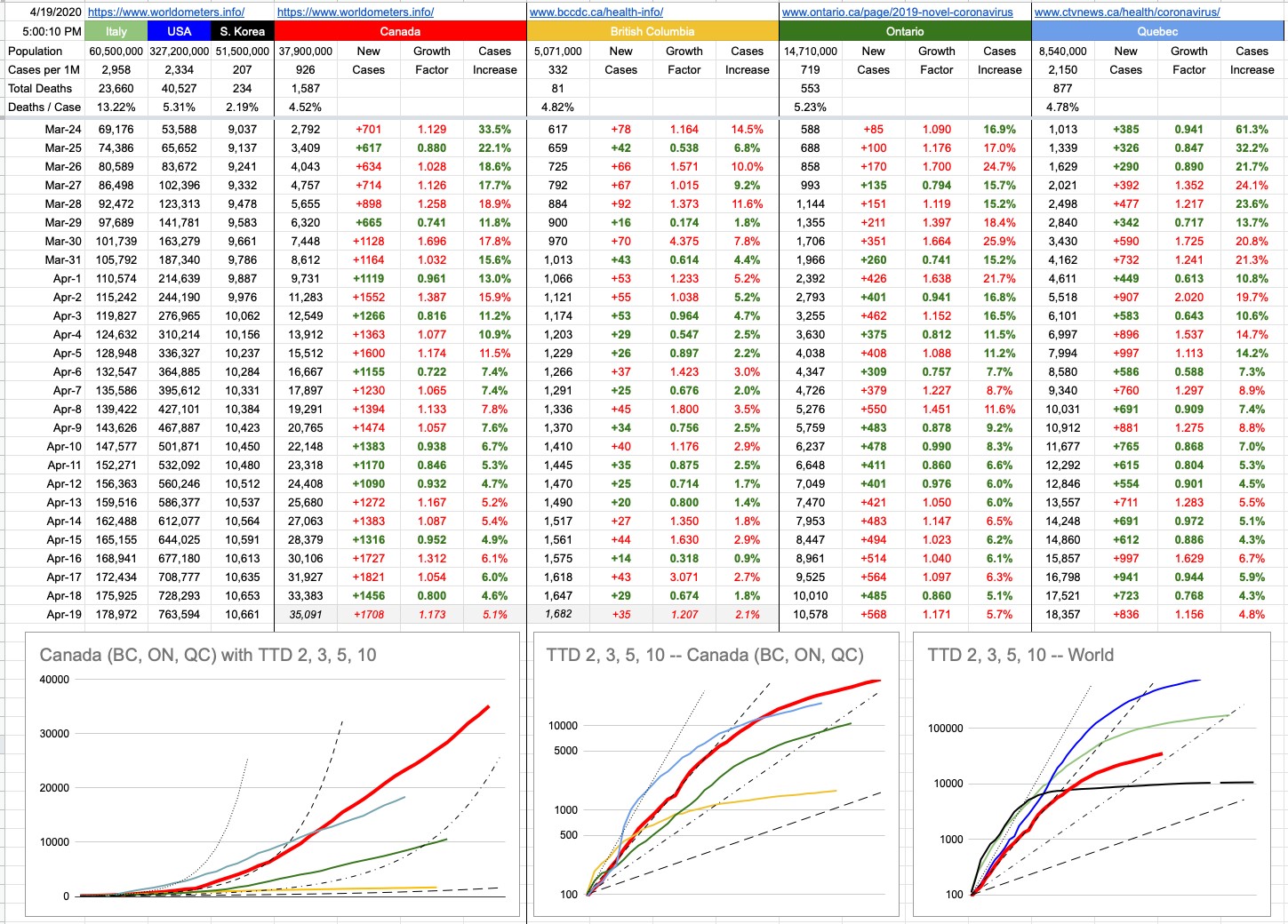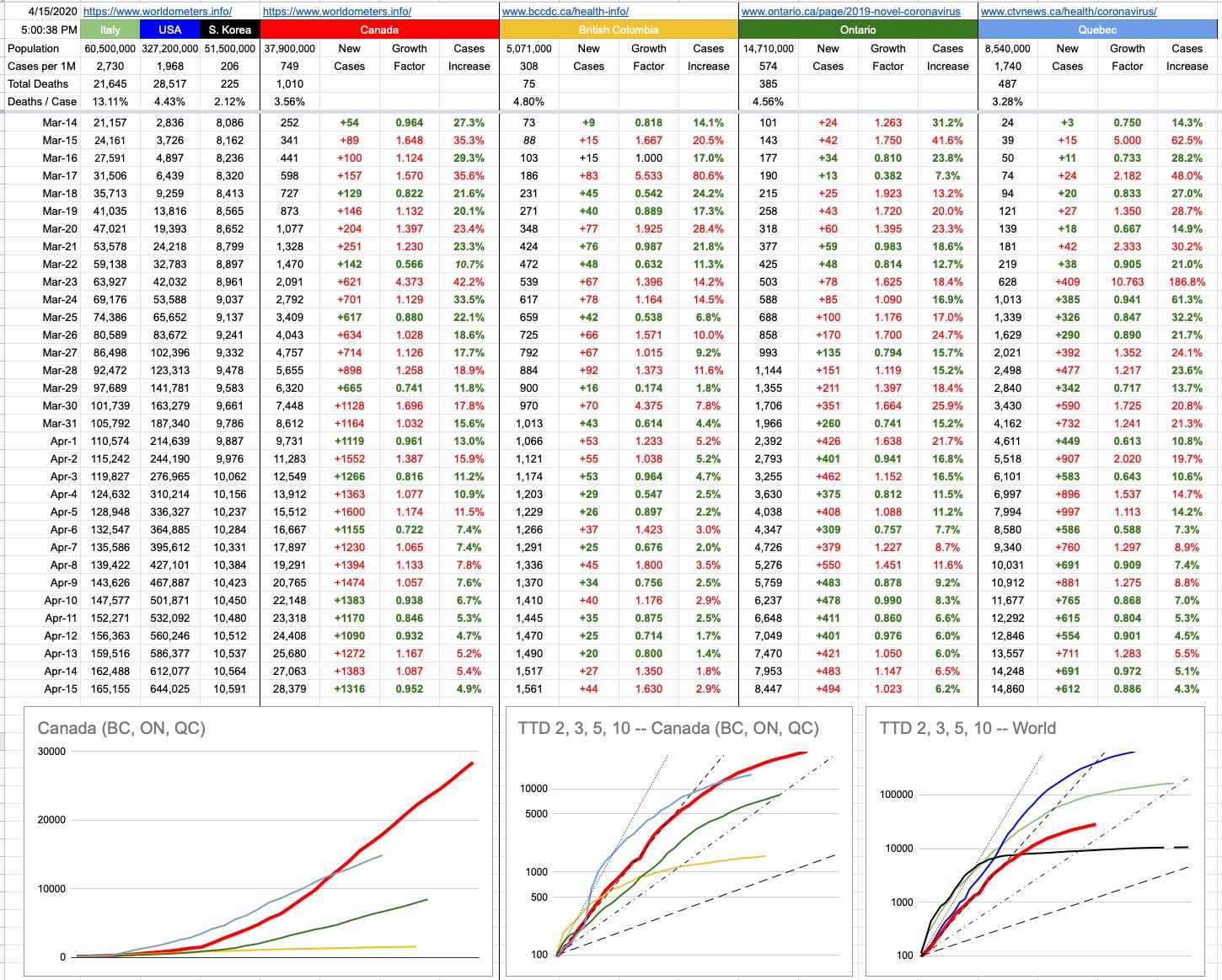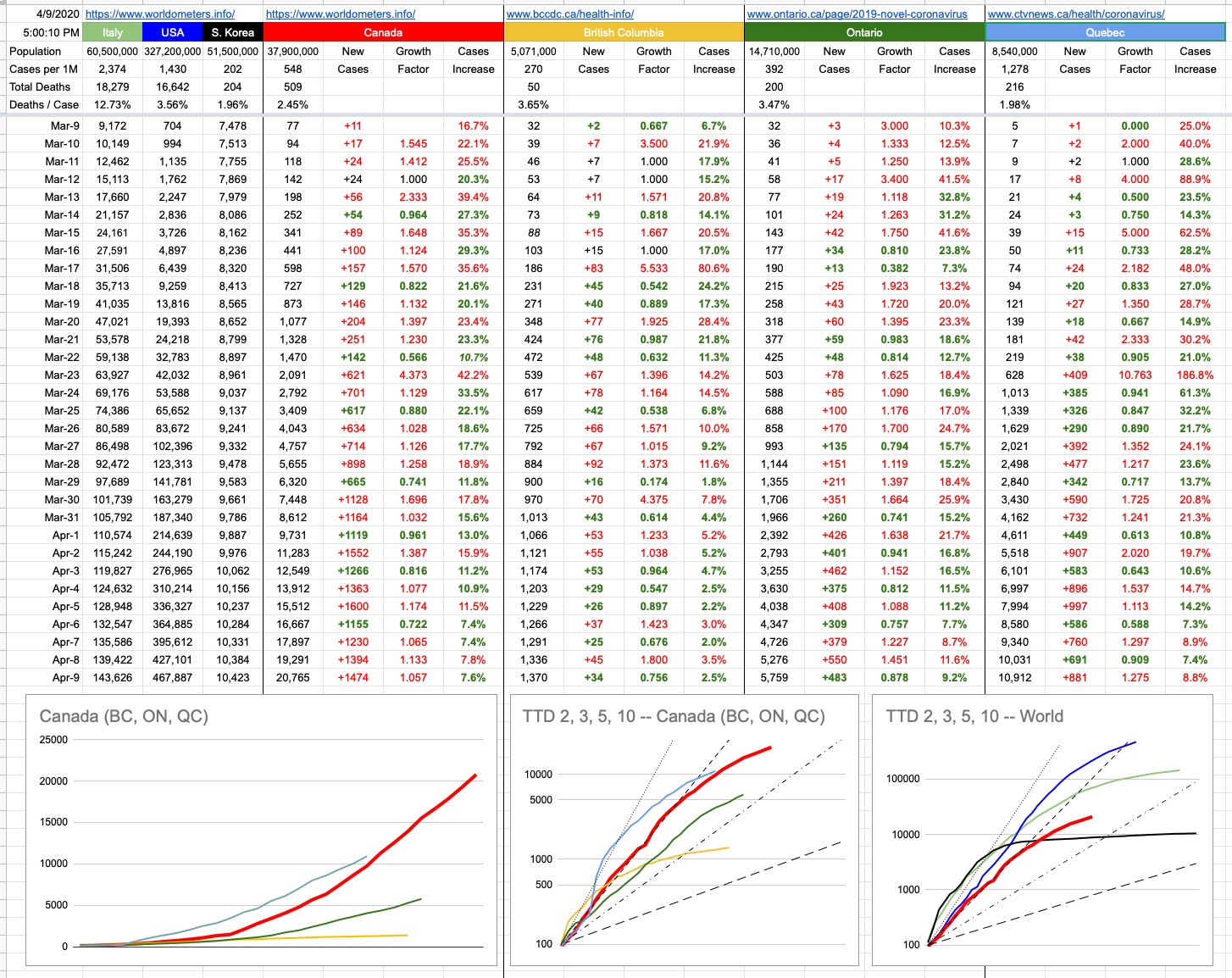Day 39 – April 24, 2020
Yesterday, I talked about the dinosaur apocalypse… how they were all wiped out. But, to reiterate, the only ones that were fully wiped out were the ones on the ground. As hard as it is to believe, and I know some will take exception to this… but… birds… are not descendants of dinosaurs. They are dinosaurs… the ones that survived that cataclysmic event 65… sorry, 66 million years go.
That cataclysmic event was so… umm, cataclysmic… that it wiped out 75% of all species on earth. That was fortunate for those who survived, because it gave them the evolutionary advantage to thrive, among them… mammals.
It’s a long line of evolution between those mammals and the first hominoids… but it does beg an interesting question; has the human race ever been close to extinction? Terrestrial dinosaurs were around for close to 200 million years. Humans have only been around… well, depends how you look at it. With broad brush strokes, the human animal… maybe 300,000 years… but we only began to exhibit what you might call “modern behaviour” around 100,000 years ago.
What would’ve happened if a pandemic-capable virus had shown up? Not much, because there was next to no overlap of communities distanced by geography. It makes one wonder, how often have there been these sorts of viruses over the centuries? Probably lots. But it was localized, there was no treatment, there was no social distancing… all that happened was a big wave of very sick people dying, and eventually through herd immunity and/or lots of death, the virus made its way through everyone it could, and then disappeared from existence.
But the human race actually did come close to extinction, and it wasn’t that long ago, geologically speaking. Well, this is one theory. It’s interesting, as usual, to research things on the Internet because you can always tell where the conformation bias lies. You can tell what people want to believe, and how they conform their evidence to support their side.
Around 75.000 years ago, there was a massive volcanic eruption — one of the biggest ever. The Toba Supereruption (Lake Toba, Sumatra, Indonesia) erupted and ejected some 2,800 cubic kilometres of magma. That is a staggeringly huge cube of hot, melted rock… and it left behind something the same size as the crater that took out the dinosaurs… an enormous 100 x 30 km caldera complex. Once again, it messed with the environment very significantly… the six billion tons of sulphur dioxide that were ejected into the atmosphere caused a global cooling of up to 15 degrees all around the planet for at least a few years, and it was many decades before things returned to normal. This lowered the tree line and snow line by about 10,000 feet… and for humans who were used to a dry, temperate climate, years of perpetual snow did not sit well.
There is a genetic bottleneck at the time when looking back at humans, meaning it seems we can all trace our DNA back to a small group (like a few thousand humans) who made it through that. The rest were wiped out. And to some extent, if that’s what happened, you have to assume we’ve all evolved from a pretty tough group of humans. This was survival of the fittest imposed in the harshest of ways.
This is one theory, and it’s very interesting. There is another group of scientists who claim that’s hogwash, and that the evidence doesn’t necessarily imply any of that.
Whatever the case, all of that I learned yesterday while digging into dinosaurs… you know how the internet can be… one moment you’re reading about what you were researching, like dinosaurs and their extinction… and 40 minutes later you’re reading about mentally ill monarchs throughout human history.
That’s a good little segue onto a topic I really don’t want to touch here. I had a whole thing written out, and indeed, I could write a book on my thoughts with respect to American politics of the day, but this is a scientific and statistical endeavour, ostensibly aimed at keeping track where we are with respect to this pandemic. On that note, it’s not irrelevant to point out, as I have earlier, the shortcomings I see when it comes to leadership pulling in different directions, etc etc. But I just deleted many paragraphs that delve into far more detail, and will leave it at that.
OK, one paragraph. I worry greatly for the great country of the United States of America. Every single day, thanks to the actions or words of just one man, the chasm that separates two groups (big broad brushstrokes here: Republicans and Democrats) — gets a little bigger. It started on day 1, lying about the inauguration crowd size. “Who really cares” is really what should have been the answer, but he chose to lie about it, then double down on his lies, then make others lie for him… it was bewildering, to be honest. What the hell is going on? There was incontrovertible evidence… pictures and witnesses and everyone who was there… but no. It ended up with “alternative facts” trying to be jammed down our throats. All of this on day 1 of his presidency. And since that day, whenever he says or does something that is completely unpresidential, both sides rise to the challenge. And while the argument rages on about who’s right and who’s wrong, the country slides a little bit more downhill. This is not to bash on Republicans and Democrats… there was a time when both those parties worked in harmony for the greater good of the country, especially in times of crisis. I really wonder how repairable this is now. Long after Trump is gone, the degree of bipartisanship needed to successfully guide a country — may not be achieved for many, many years. And I’m not interested in the bullshit arguments of what a great job he’s presently doing. He’s not. I don’t use vague handwaving and gut feel to come to my conclusions, I use hard facts. As you may recall, this entire project of charts and graphs and light commentary started with a simple exercise of trying to track Canada’s response to this crisis as measured by comparing the U.S. and how they were doing. And comparing them to Italy, who was ahead of them. The short answer now is: Awful. Brutal. Look at the numbers, look at the graphs. This isn’t fake news, this isn’t opinion. These are their numbers. These are confused people. These are hospitals that can’t keep up. These are states and leaders with mixed messages. These are deaths. These are the preventable disastrous blue line and its associated numbers, towering over the green, red and black ones below it. This is failed leadership, from the very top.
Sorry for the long paragraph… but I did say, just one paragraph. But, some numbers… Canada, today, flat or better growth all across the country. U.S…. more deaths today than the number of new cases in Canada. Also U.S., more deaths today than the entire number of known cases seen in B.C., active or resolved, since the beginning of this pandemic. And finally, U.S., more new cases today than all of what Canada has seen, combined, since day one. By the end of the weekend, the U.S. will have seen its one millionth case. Canada will be below 50,000. That same proportion maps to deaths. And some quick math for you… no, the population of the U.S. is not 20 times that of Canada. Not even 10. As President Trump likes to sign at the end of many of his Tweets: Sad.
View Original Post and All Comments on Facebook











